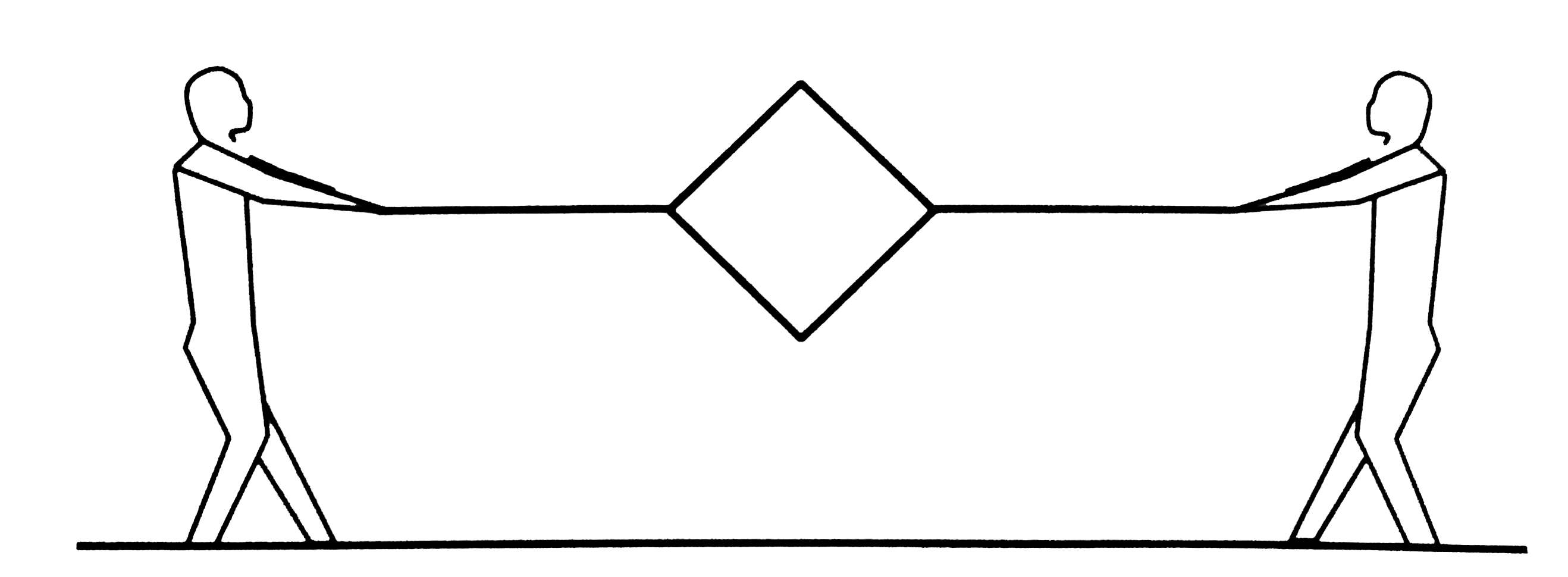An electric field →E=−−−−−−−→i20+→j30NC−1 exists in the space. If the potential at the origin is taken to be zero find the potential at (2m, 2m).Solution in Gujrati
E=(i20+j30)N/C,
V=at(2m,2m),
r=(2i+2j)
So,V=−E.r
=−(i20+30j).(2i+2j)
=−(2×20+2×30)=−100V
Topper's Solved these Questions
- ELECTRIC FIELD AND POTENTIALBook:HC VERMAChapter:ELECTRIC FIELD AND POTENTIALExercise:Objective 2
Explore 8 Videos
- ELECTRIC CURRENT THROUGH GASESBook:HC VERMAChapter:ELECTRIC CURRENT THROUGH GASESExercise:Exercises
Explore 23 Videos
- ELECTROMAGNETIC INDUCTIONBook:HC VERMAChapter:ELECTROMAGNETIC INDUCTIONExercise:EXERCISE
Explore 9 Videos
Similar Questions
Mark out the correct potons.
View SolutionA discharge tube contains helium at a low pressure. A large potential difference is applied across the tube. Consider a helium atom that has just been ionized due to the detachment of an atomic electron. Find the ratio of the distance travelled by the free electron to that by the positive ion in a short time dt after the ionization.
View SolutionShown a metallic square frame of edga a in a vertical plane. A uniform magnetic field B exists in the space in a directon perpendicular to the plane of the figure. Two boys pull the opposite corners of the square ot deform it into a rhombus. They start pulling the corners t t=0 and sisplace the corners at a uniform speed u. (a) find the induced emf in the frame at the instant when the angles at these corners reduce to 60∘. (b) find the induced current in the frame at this instatnt if the total resistance of the frame is R. (c) Find the total charge which flows through a side of the frame by the time the square is deformed into a straight line.

View SolutionAn electric field →E=−−−−−−−→i20+→j30NC−1 exists in the space. If the potential at the origin is taken to be zero find the potential at (2m, 2m).
View SolutionAn electric field →E=→IAx exists in the space, where A=10Vm−2. Take the potential at (10m, 20m ) to be zero. Find the potential at the origin.
View SolutionAssume that an electric field →E=30x2ˆj exists in space. Then the potential difference VA−VO, where VO is the potential at the origin and VA the potential at x=2m is:
View SolutionAn electric field vec(E)=(10 hat(i) + 20 hat(j)) N//C exists in the space. If the potential at the origin is taken to be zero, find the potential at (3m, 3m).
View SolutionAn electric field →E=Bxˆi exists in space, where B=20V/m2. Taking the potential at (2m, 4m) to be zero, find the potential at the origin.
View SolutionAn electric field vec E=(25hat i+30hat j)NC^(-1) exists in a region of space.If the potential at the origin is taken to be zero then the potential at x =2 m y =2 m is :?
View SolutionAn electric field vec E=(25hat i+30hat j)NC^(-1) exists in a region of space.If the potential at the origin is taken to be zero then the potential at x=2m y=2m is : (A) -110V (B) -140V (D) -120V -130V
View SolutionAn electric field →E=−−−−−−−→i20+→j30NC−1 exists in the space. If the potential at the origin is taken to be zero find the potential at (2m, 2m).
View SolutionAn electric field →E=→IAx exists in the space, where A=10Vm−2. Take the potential at (10m, 20m ) to be zero. Find the potential at the origin.
View SolutionAssume that an electric field →E=30x2ˆi exists in space. Then the potential difference VA−VO, where VO is the potential at the origin and VA the potential at x=2m is:
View SolutionElectric potential at origin is zero. Field in that space is 10ˆi+10ˆjNC−1. Find electric potential at (1, 1).
View SolutionAn electric field →E=20yˆj exist in space . The potential at (5 m, 5 m) is taken to be zero. The potential at origin is
View SolutionAn electric field E=(20ˆi+30ˆj) N/C exists in the space. If the potential at the origin is taken be zero, find the potential at (2m,2m).
View Solution
